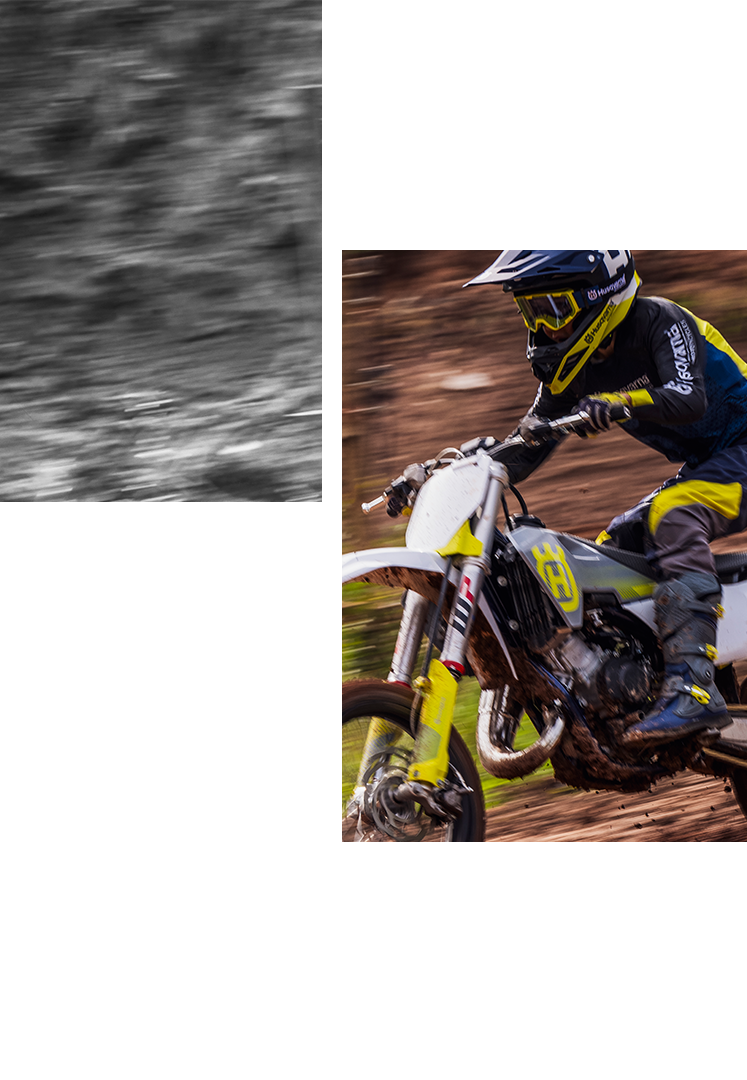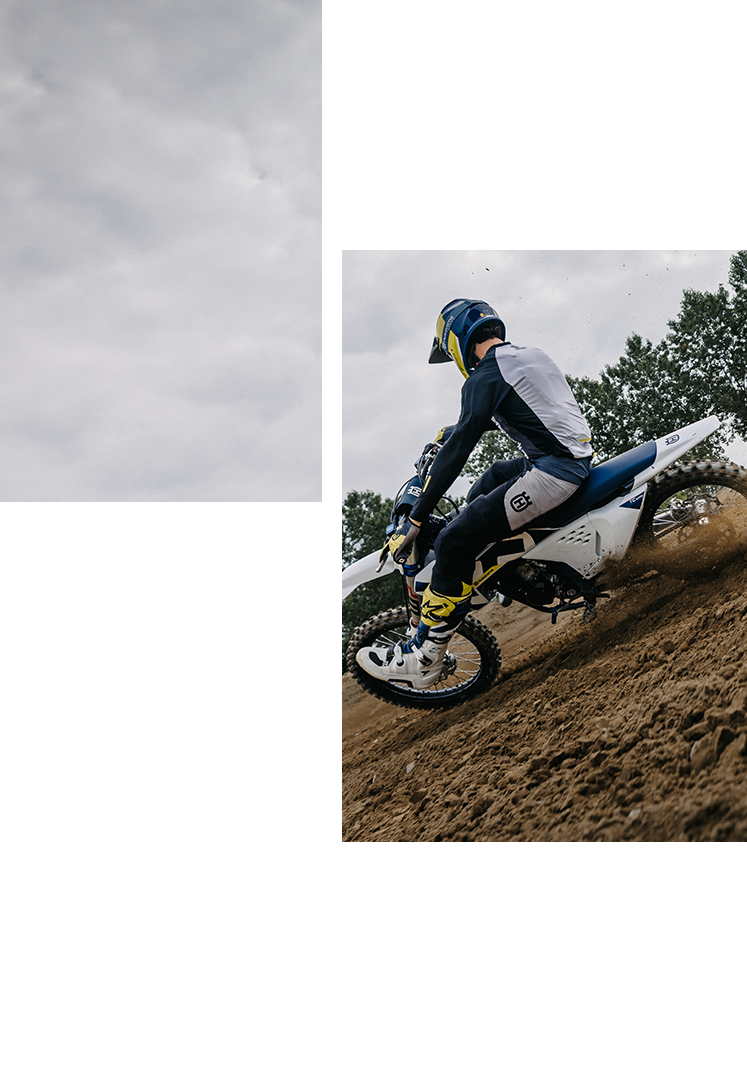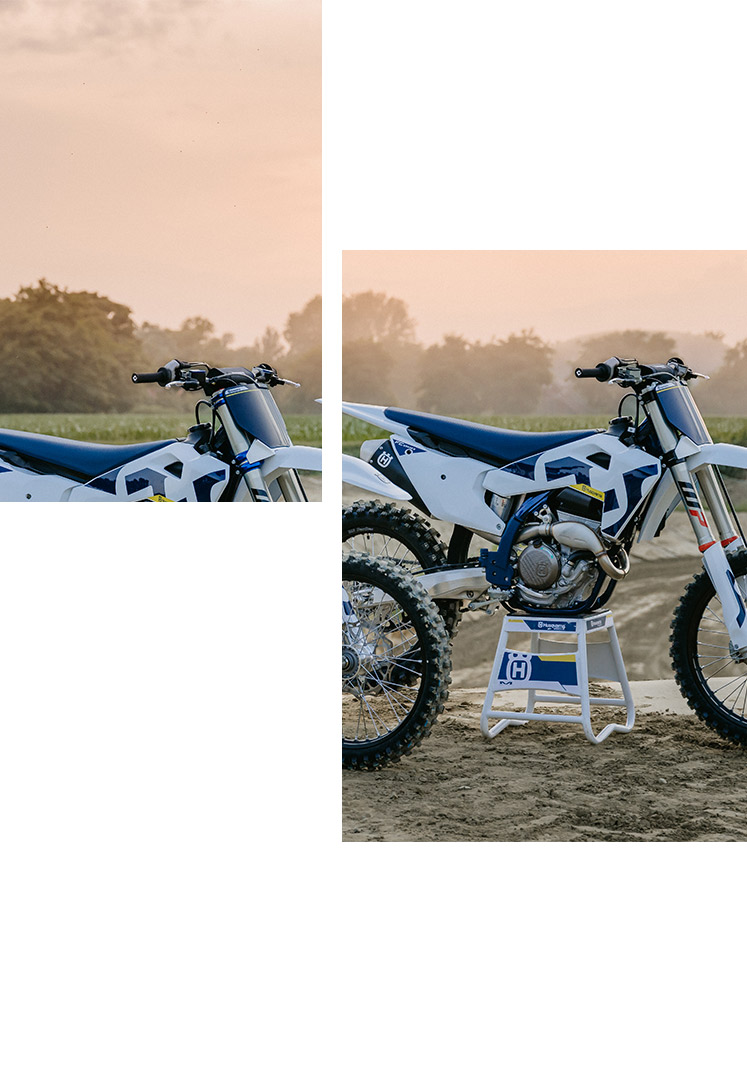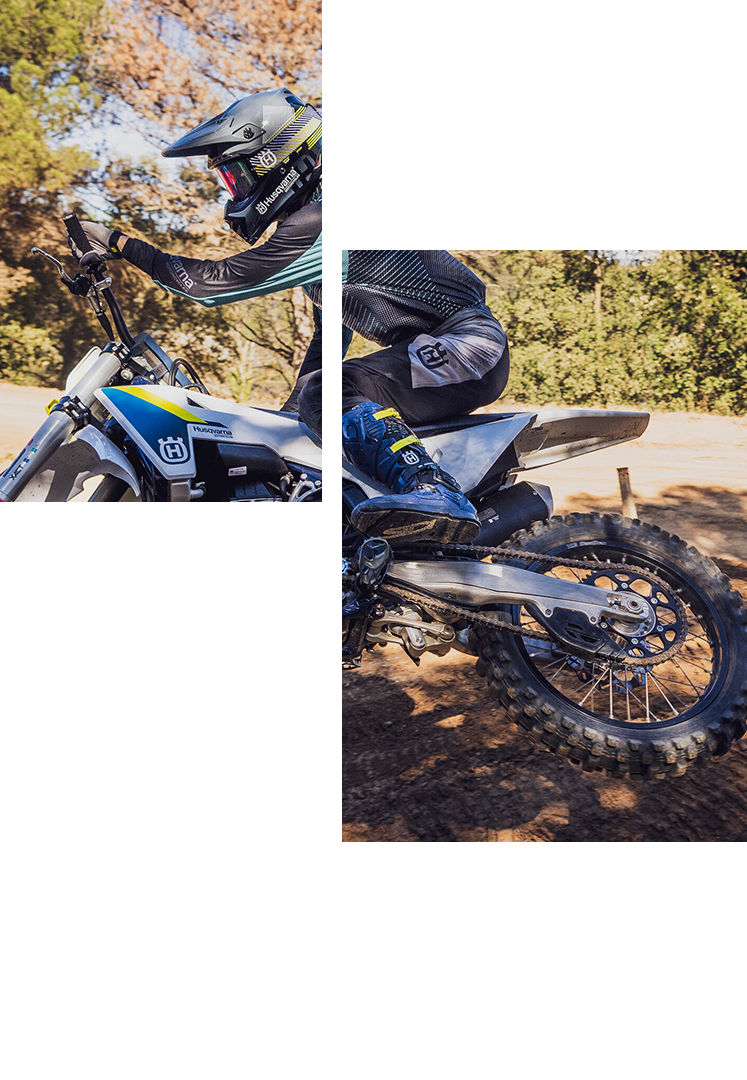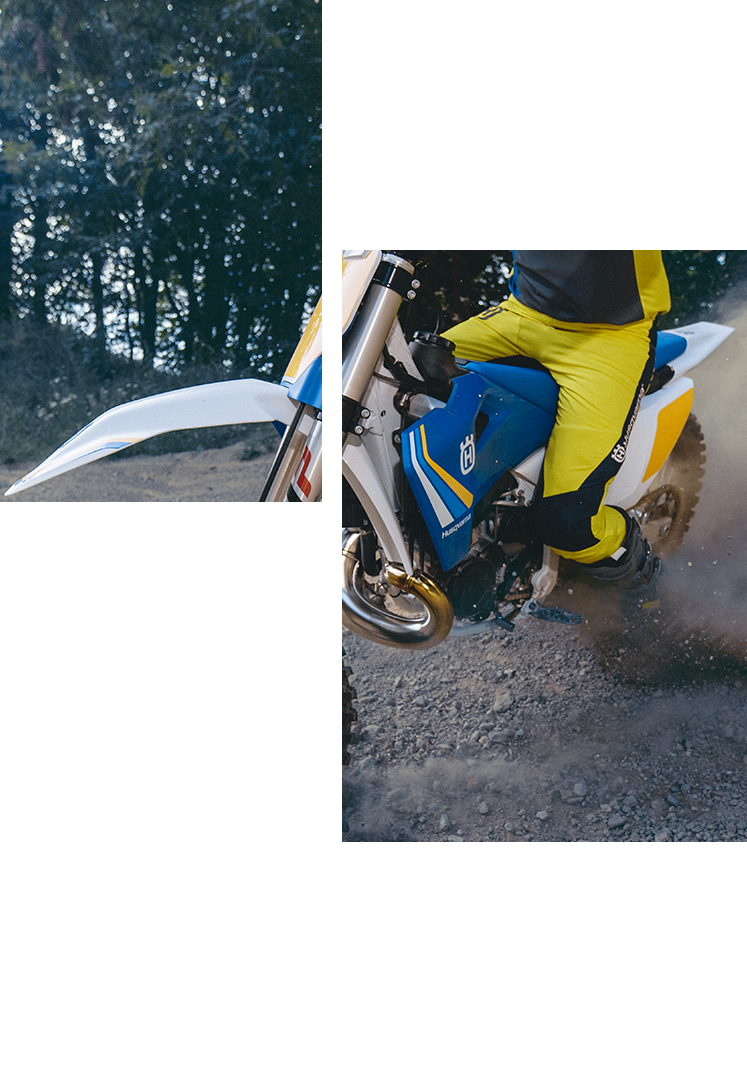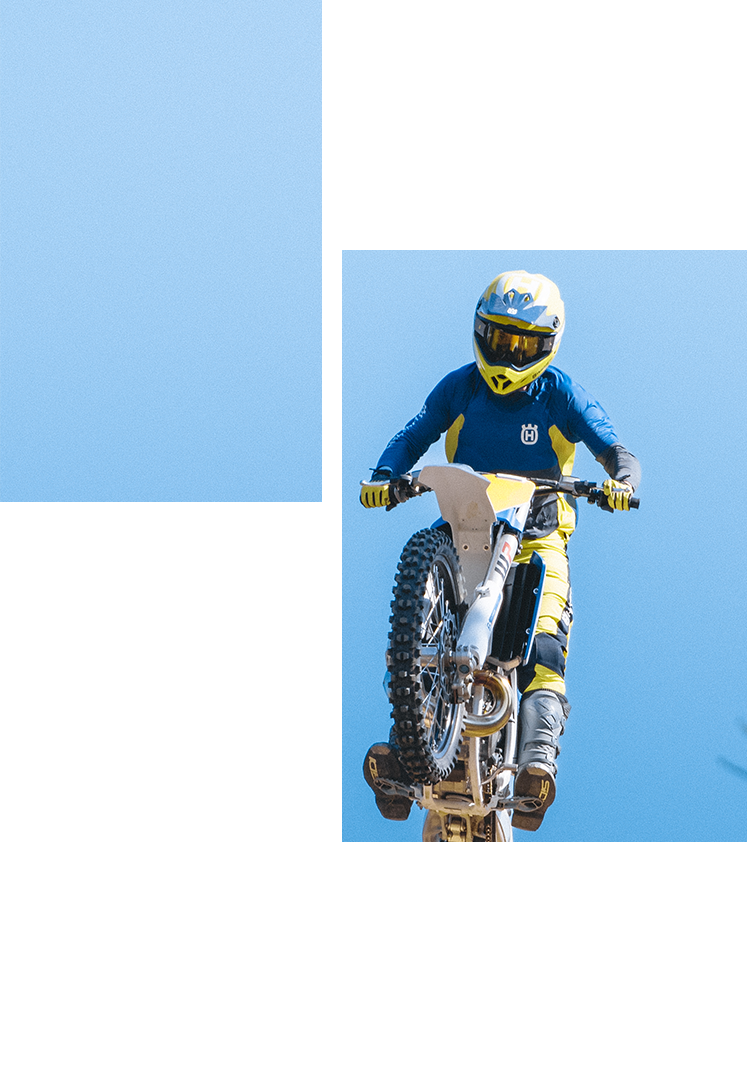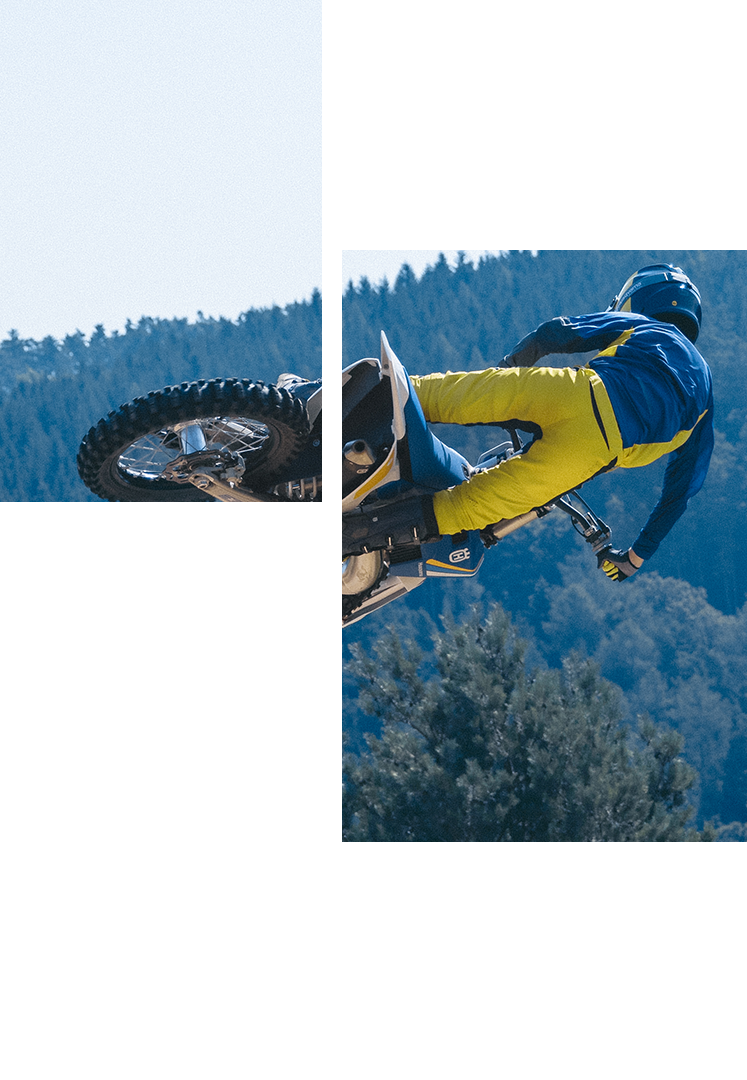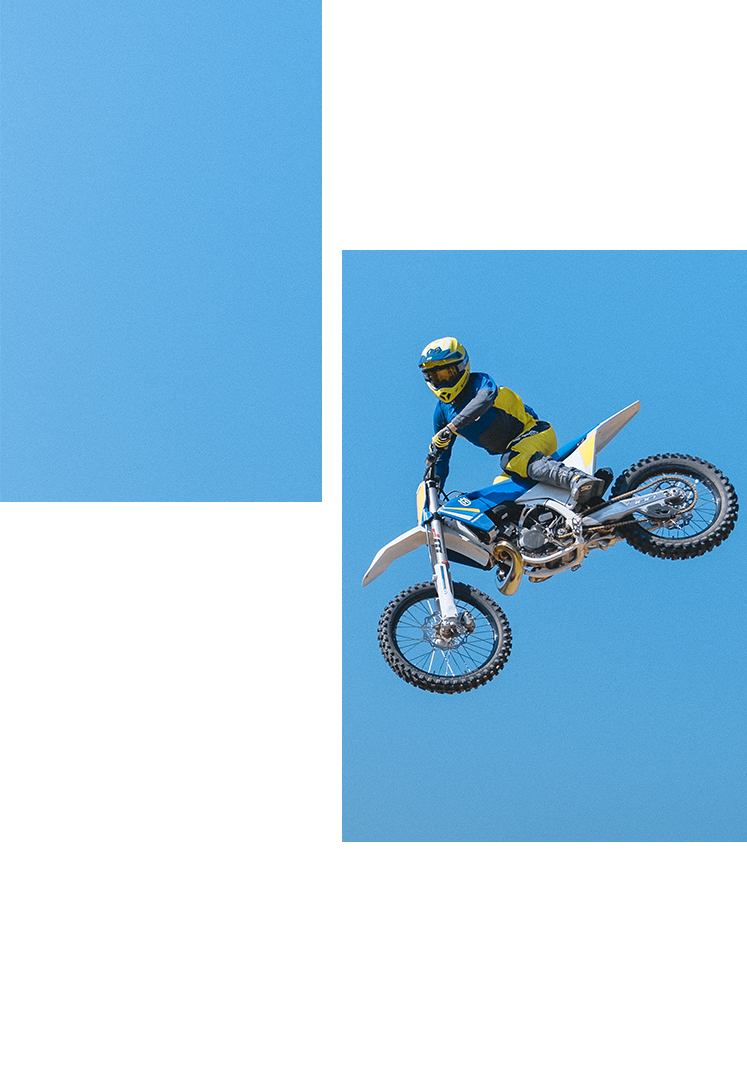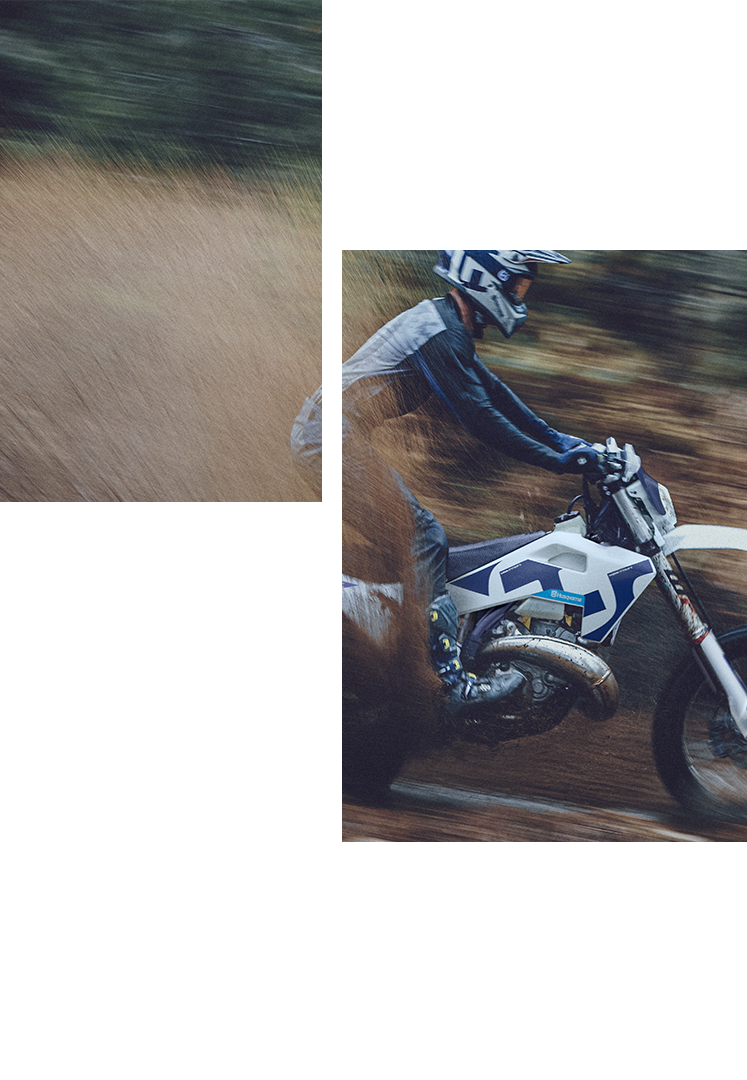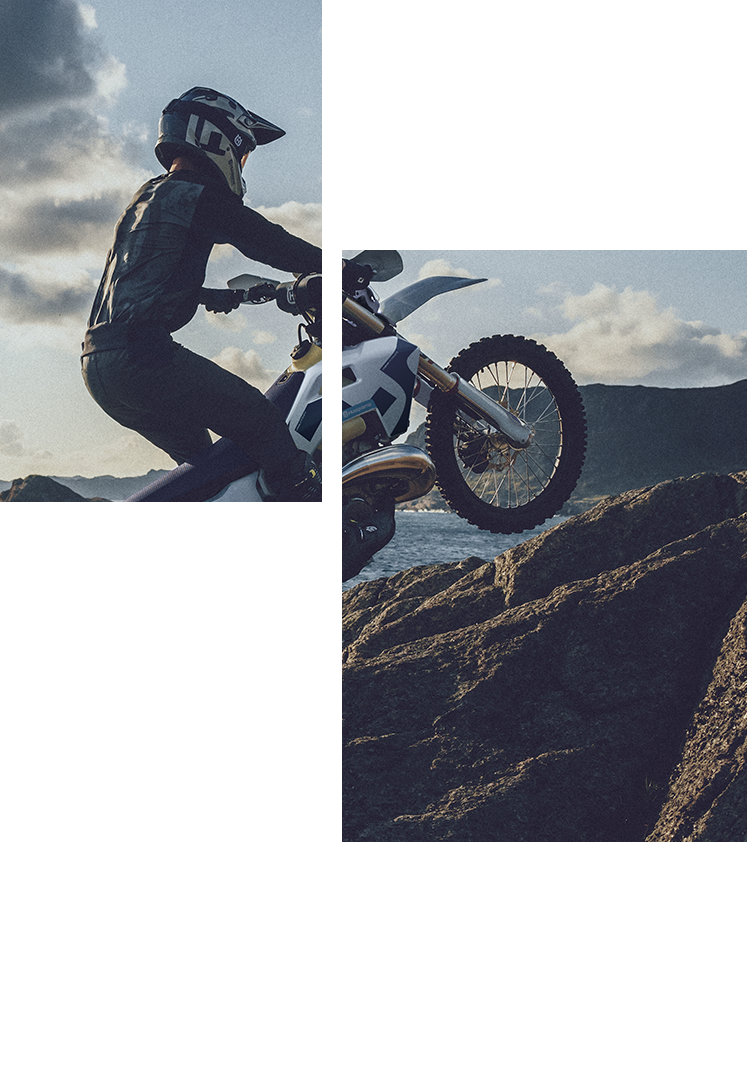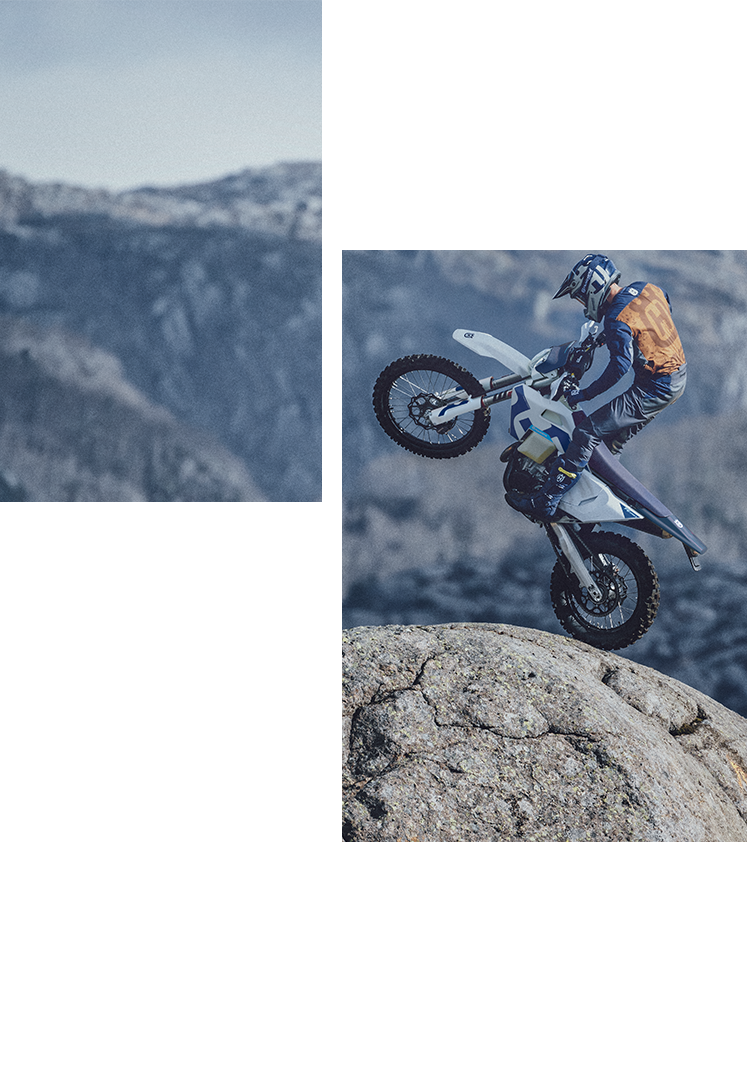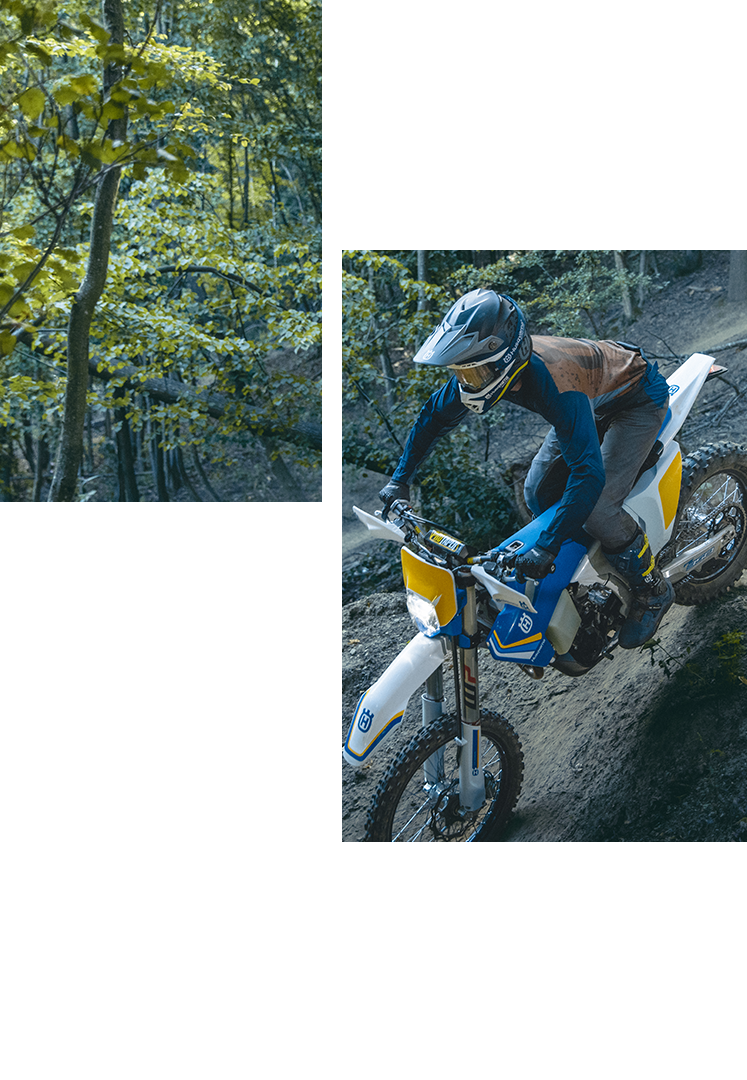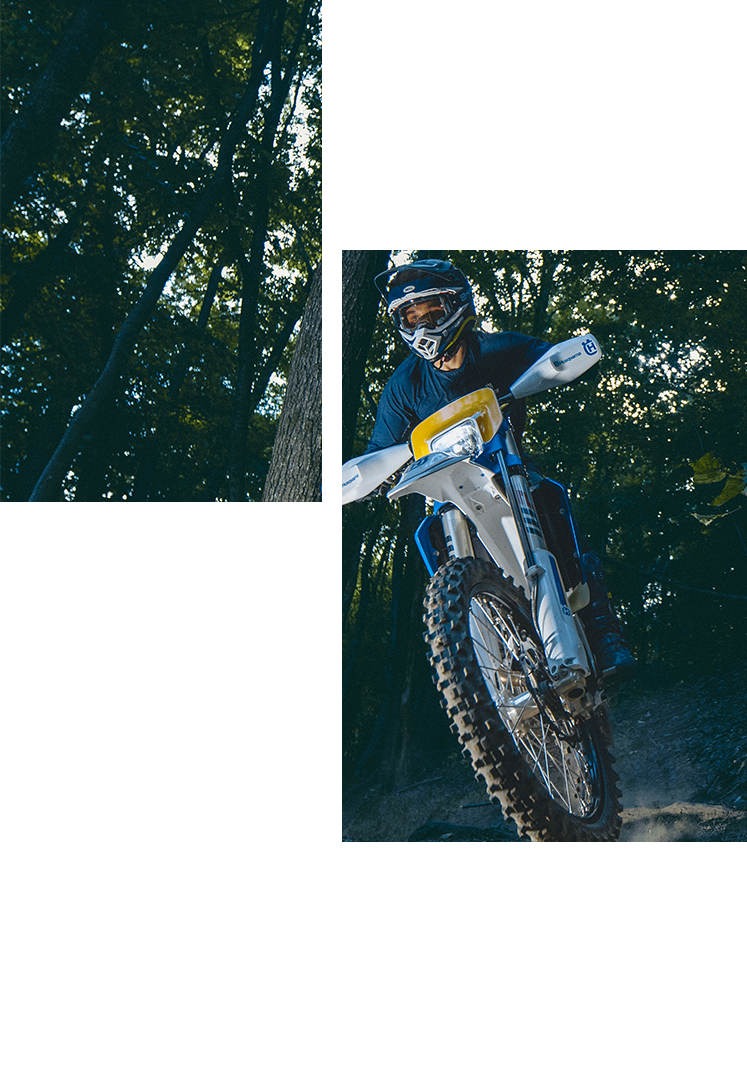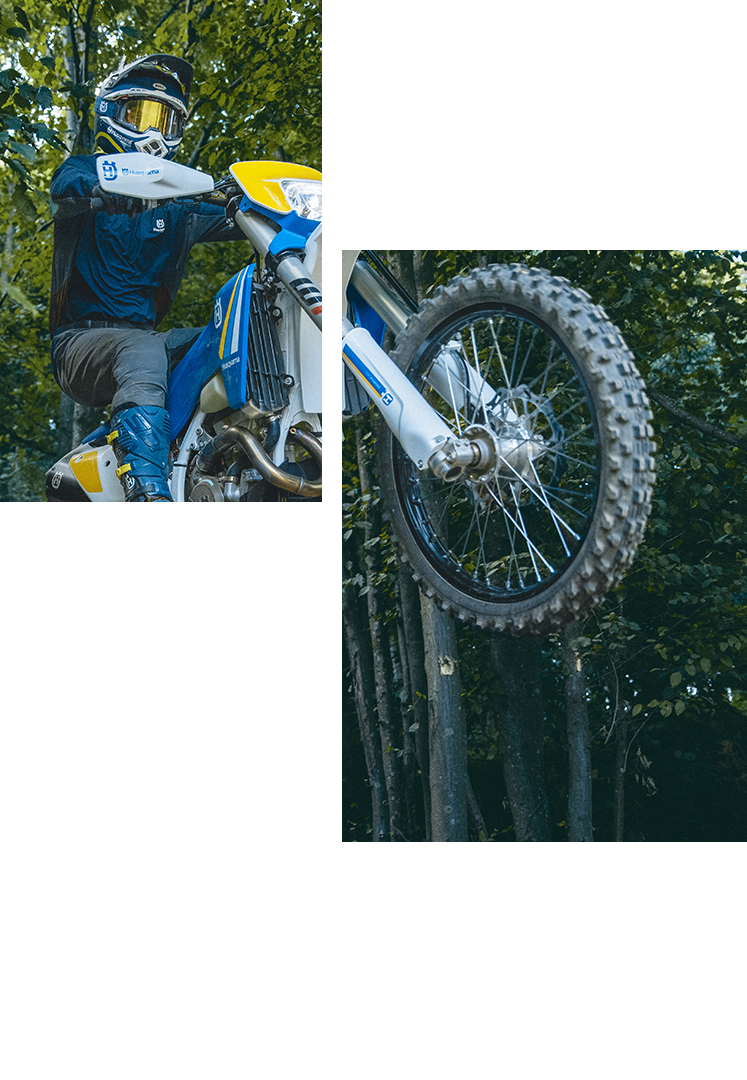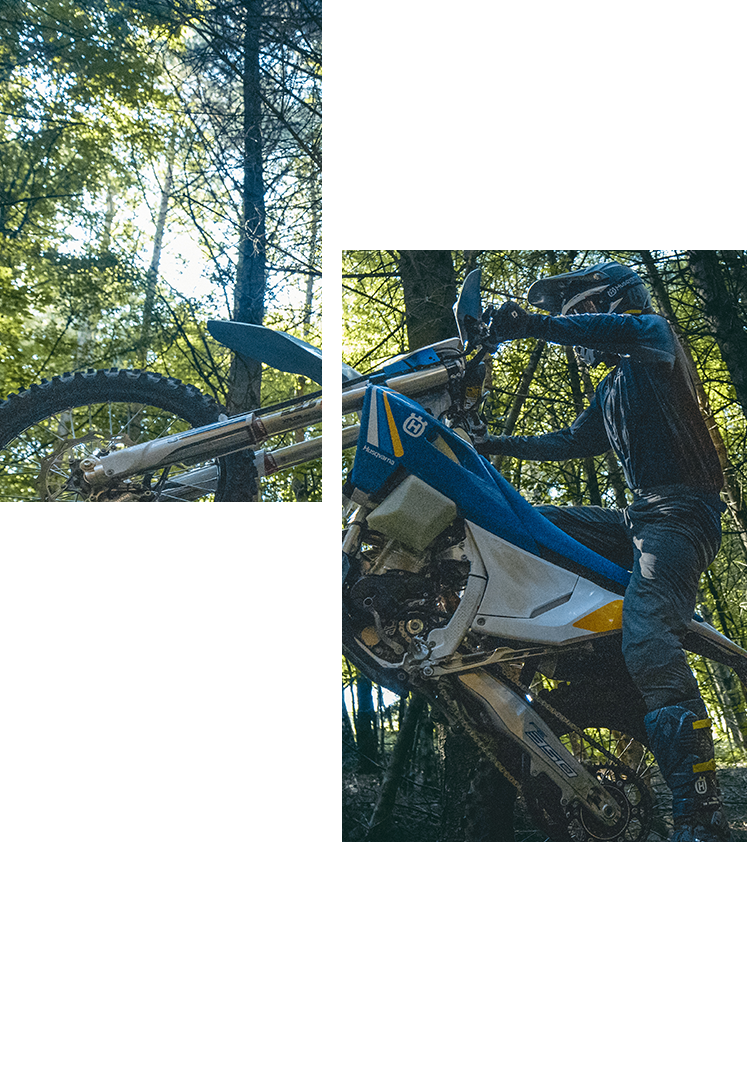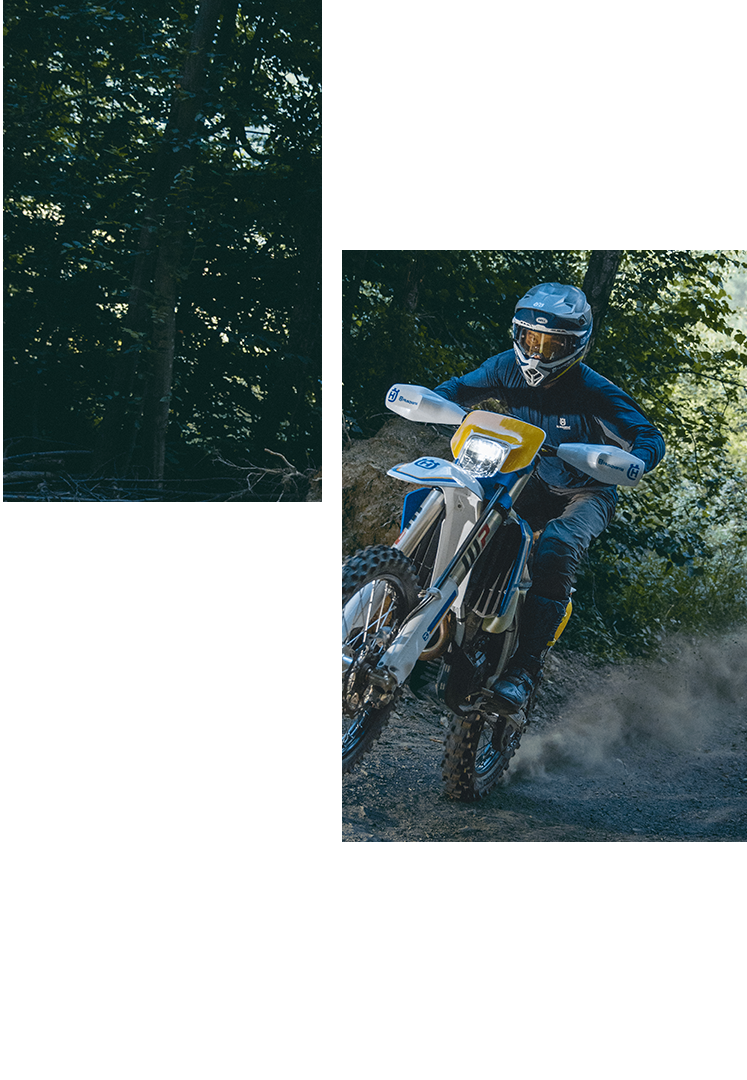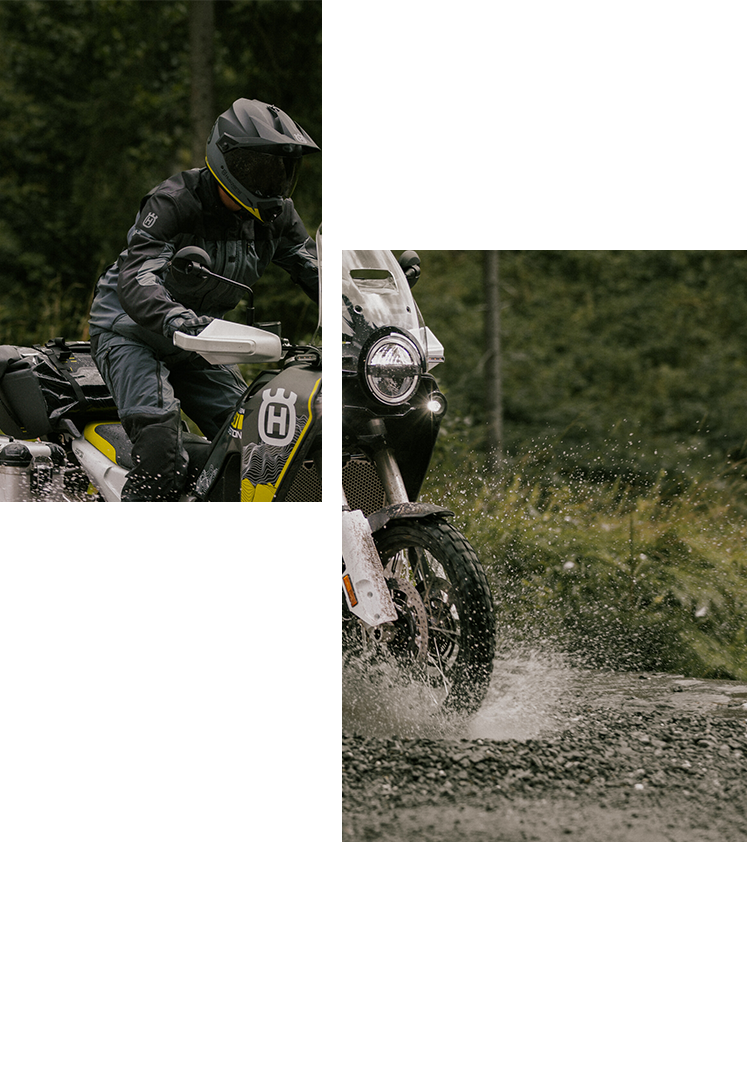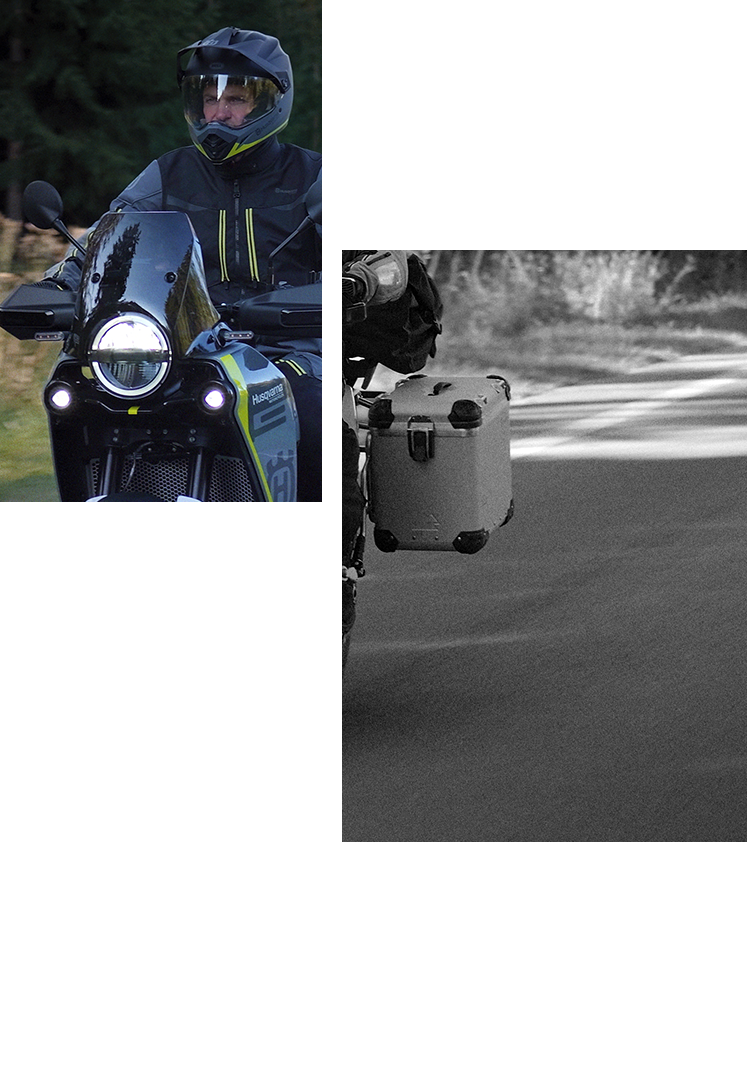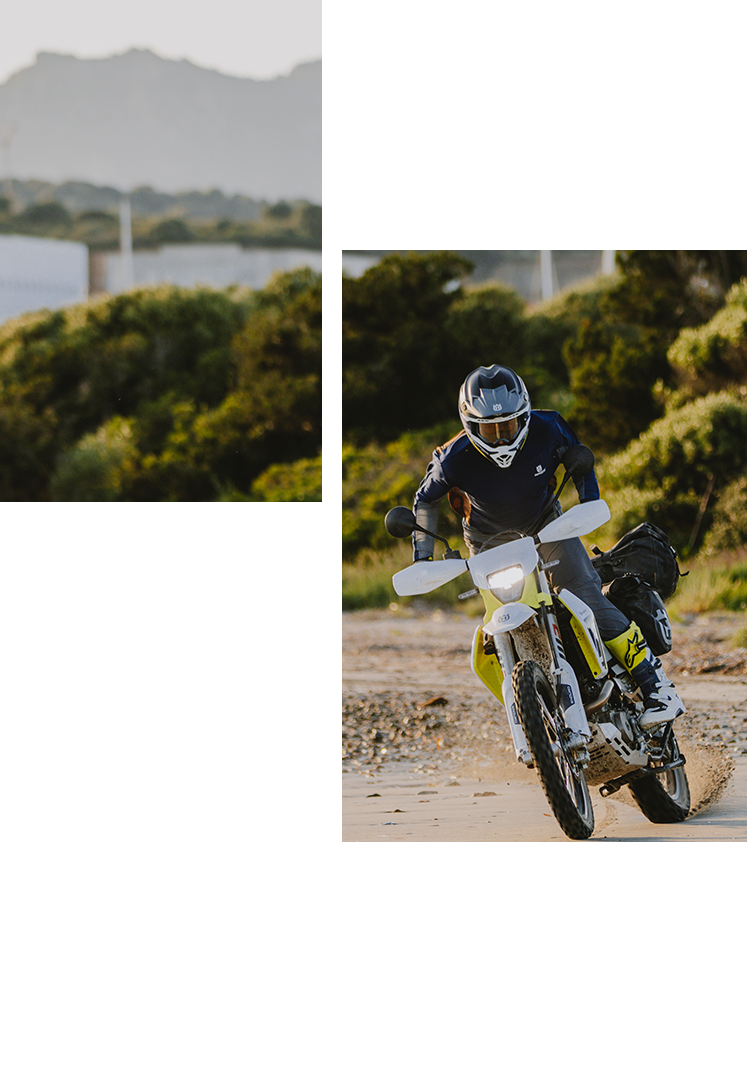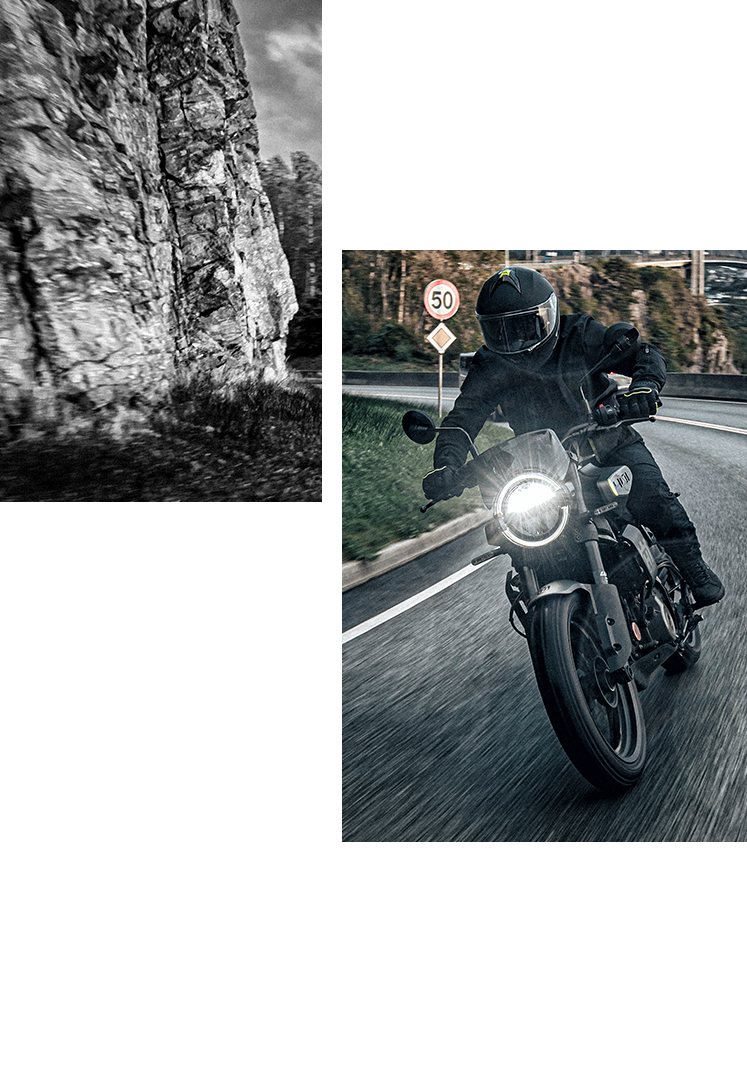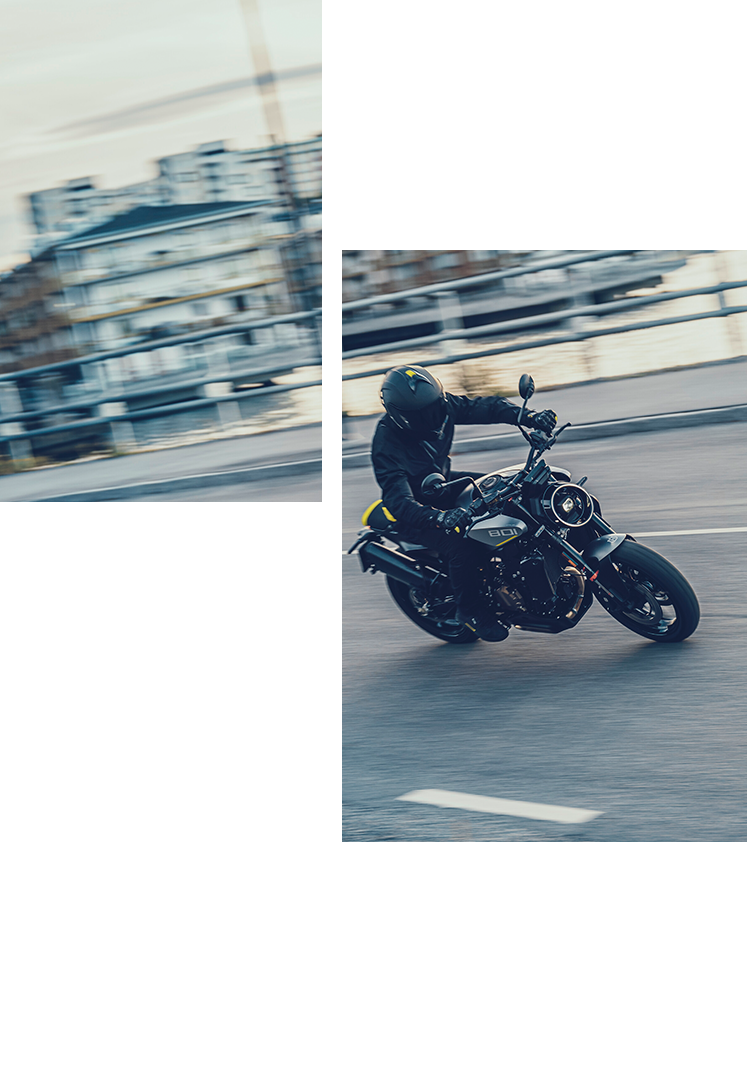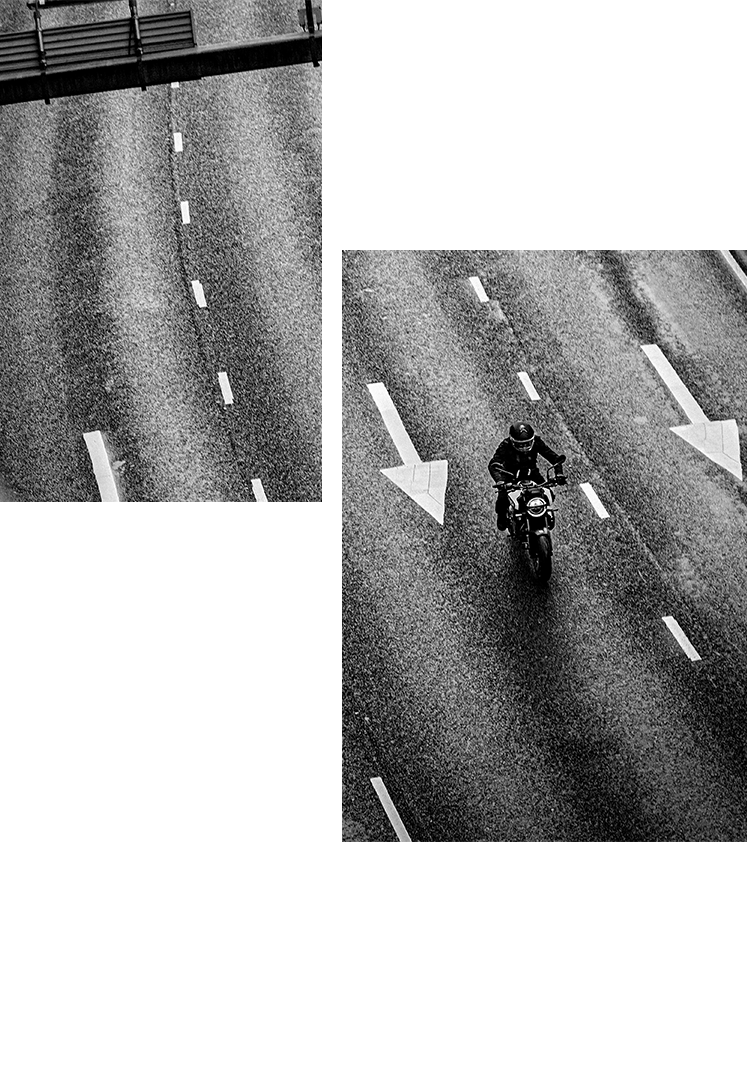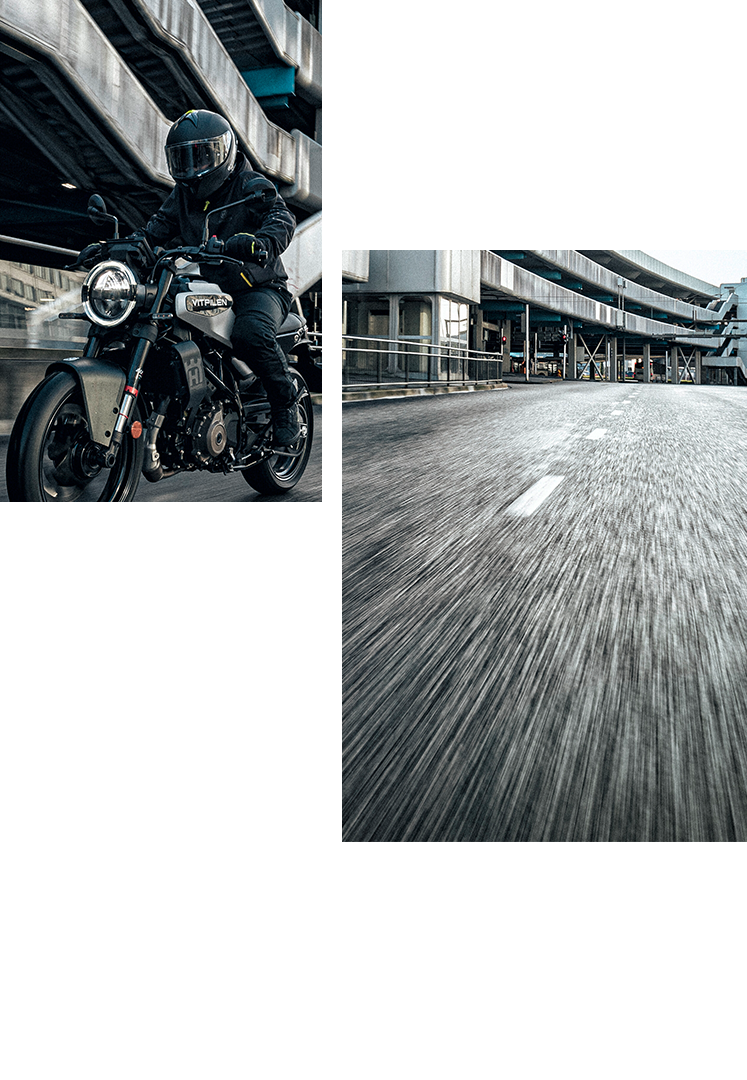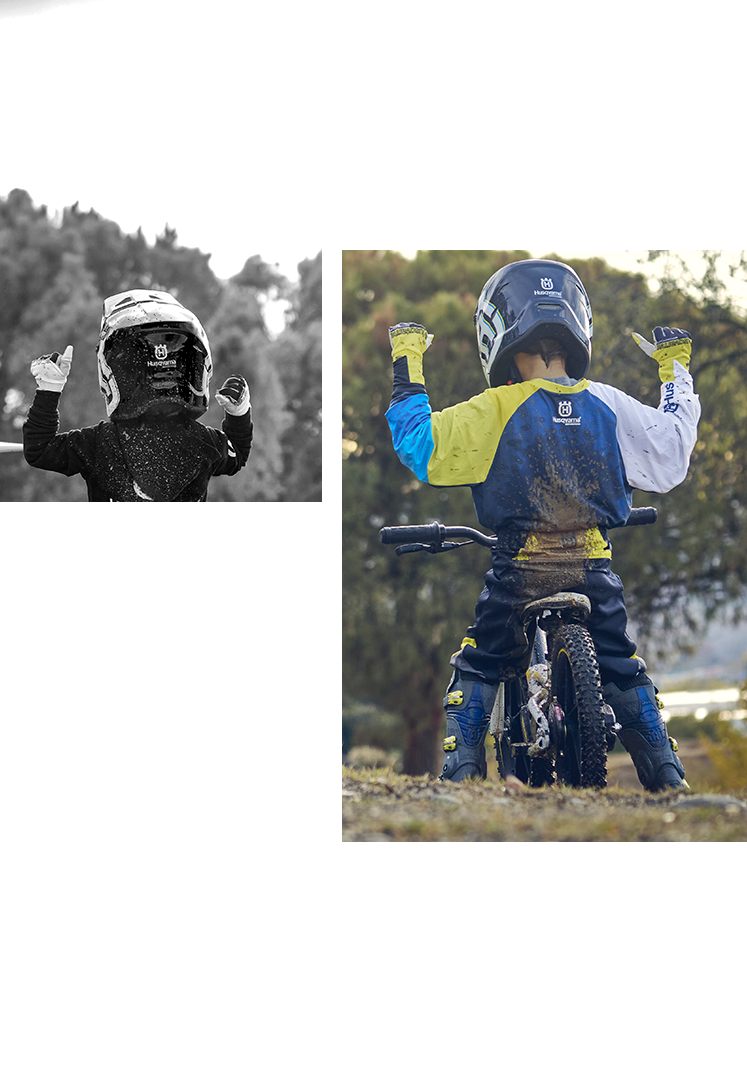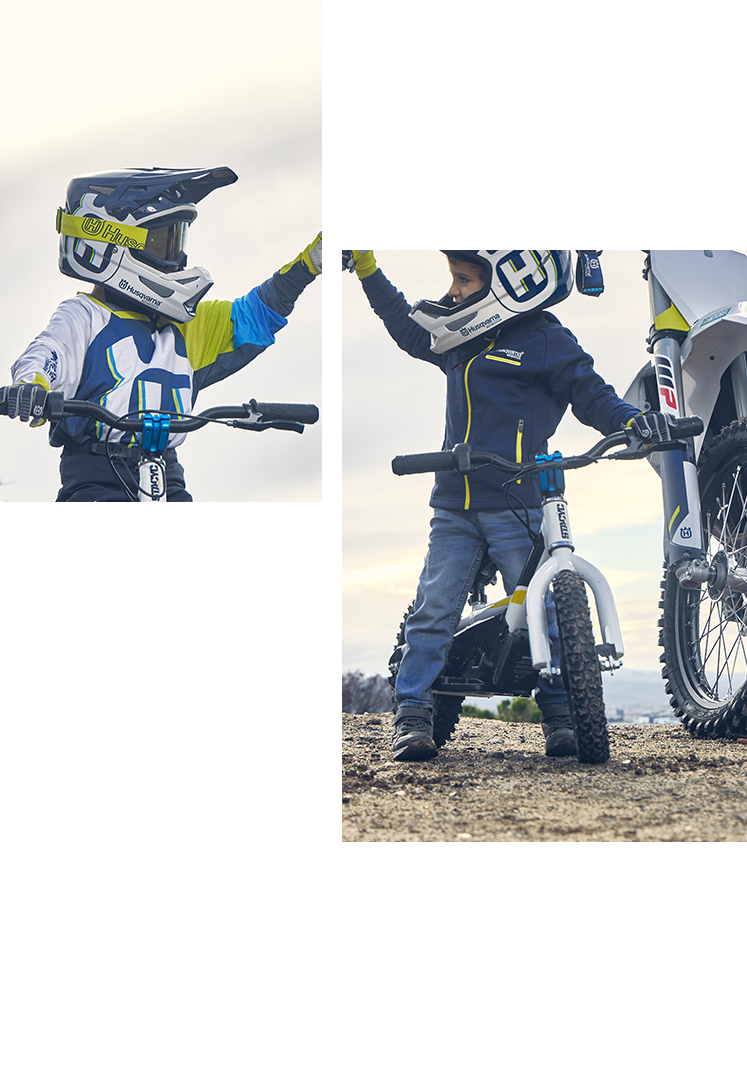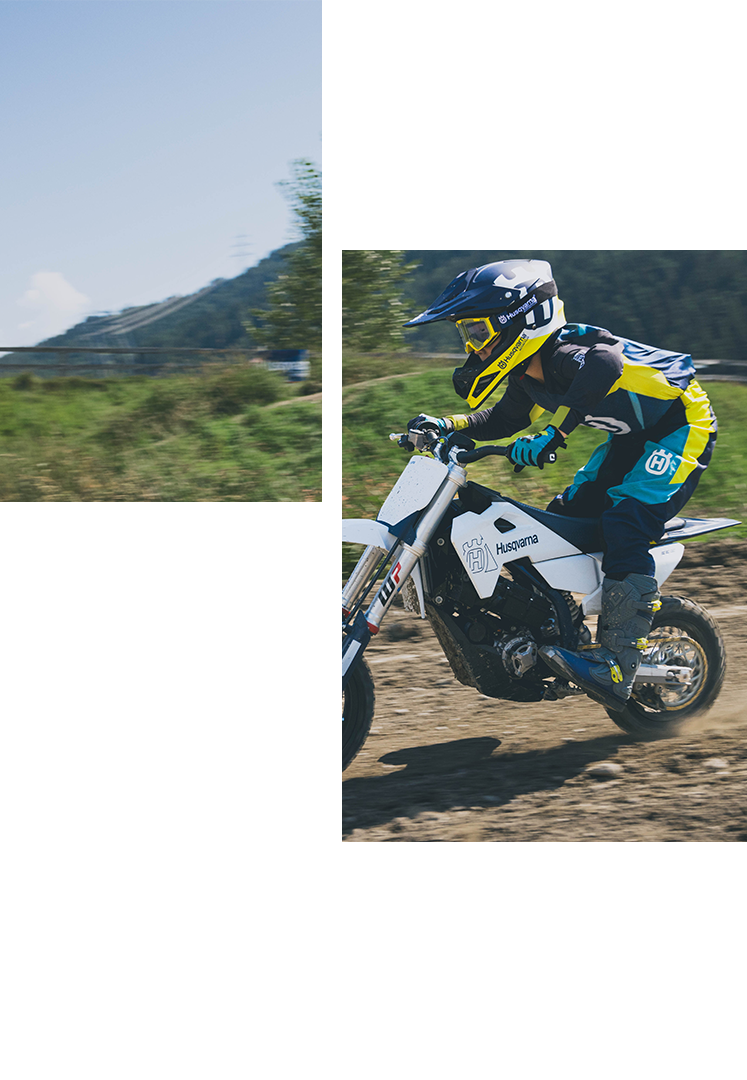During the last three years of the 1970s Husqvarna had adopted a manufacturing level of around 10,000 yearly units. This production rate was maintained during the early 1980s, before figures started sliding. At this stage, the interest from the board members to invest was very limited. The frequent rumours that the two-wheel division would soon be up for sale flourished, but until now, nothing was decided in any direction. Demand was still good in the United States and with a new 4-stroke enduro on the menu, Husqvarna looked forward to increasing sales figures. The Swedes offered a broad power-band and their bikes had efficient performance as well as giving the customer reliability. Together with good racing results this gave a solid feedback from the market. Offroad events were popular on the American West Coast and across the border in Baja, Mexico, while racing enduros also made sense in the U.S. northern and mid-region, south of the Great Lakes area. In the AMA National Enduro Series, Husqvarna won titles for seven consecutive years, from 1980 to 1986, predominantly by the overwhelming riders Dick Burleson and Terry Cunningham. It was top class PR and helped the Swedish brand in sales.
But when the 1980s began, production was lean at Husqvarna. Total sales were slow and paving new ways were indeed in need. The factory’s focus was to aim at the lucrative enduro segment, where not only experts, but also novice and leisure riders were potential customers. Husky now aimed at enduro, which proved to be a good decision as their motocross bikes were inferior in comparison. In 1981, Svenerik Jönsson won his first "Novemberkasan" with the new Husqvarna 390cc liquid-cooled 2-stroke. The model did not turn up at the dealers until February 1984, so there was a lot of development work to be done on the prototype that Jönsson rode. Even so, quality was not up to standards as there were numerous novelties to be introduced. At the same time, the economy was strained, so there was little money to enhance investments in the new machinery.




